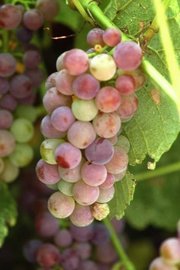
Second Year: Apply 1 cup of a 10-10-10 fertilizer per vine as growth begins in the spring. Fertilizers should be spread evenly from the trunk out 3 to 5 feet.
Mature Vines (3 years and older): If the soil test recommends phosphorus and potassium, use a 10-10-10 fertilizer at the rate of 2 cups per mature vine. Fertilizers should be spread evenly from the trunk out 3 to 5 feet.
If, however, there are adequate levels of phosphorus and potassium, add 3/4 cup of a high nitrogen fertilizer such as a 27-3-3, 29-5-4, 30-3-3 or something similar instead of the 10-10-10. Though recommended for lawns, these fertilizers will also work well as long as they do not contain weed killers or crabgrass preventers. Fertilizers should be spread evenly from the trunk out 3 to 5 feet. (Ward Upham)
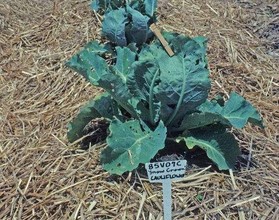
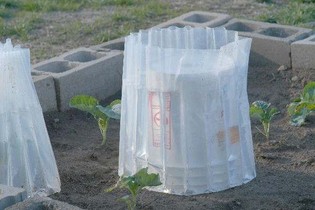
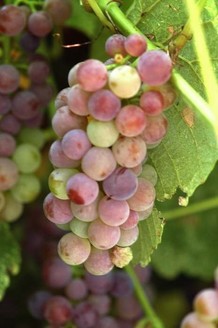
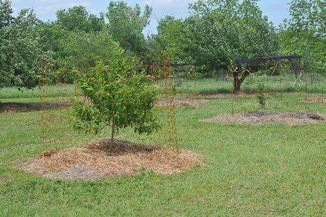
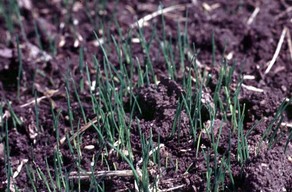
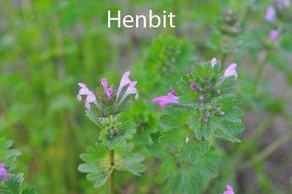
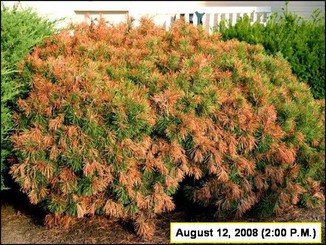
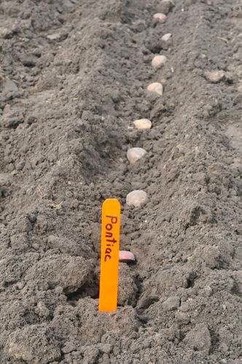
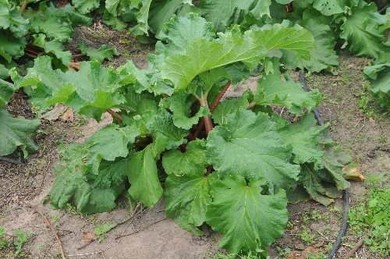
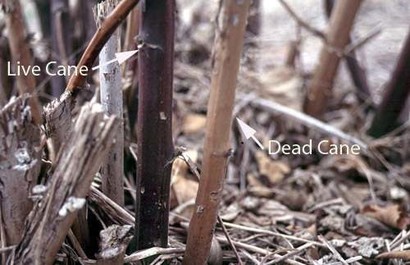
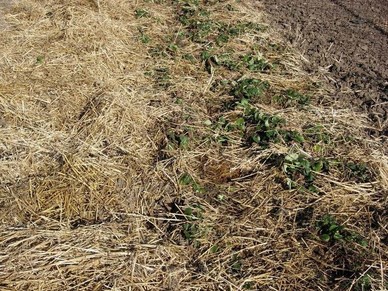
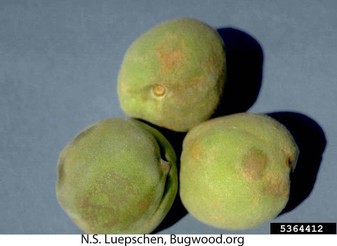
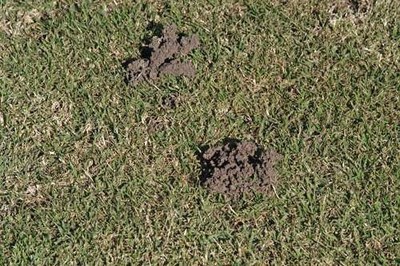
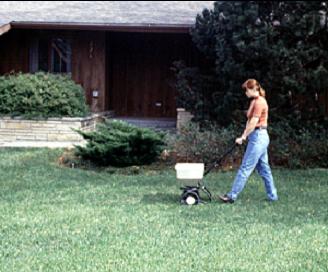
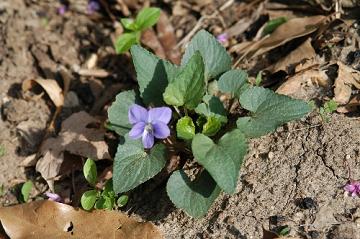
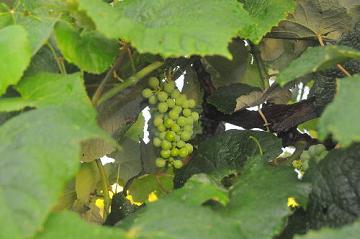
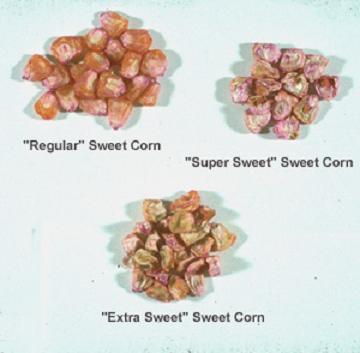
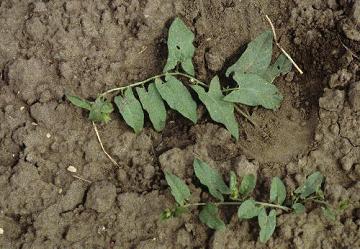
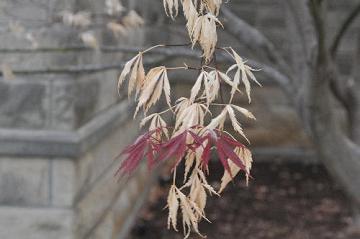
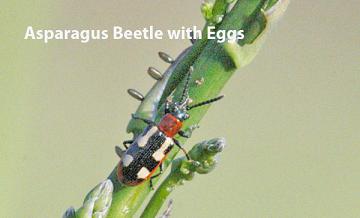
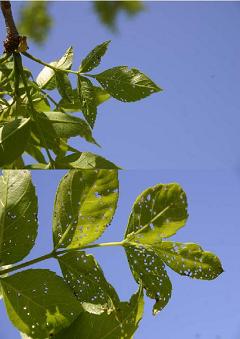
 RSS Feed
RSS Feed
